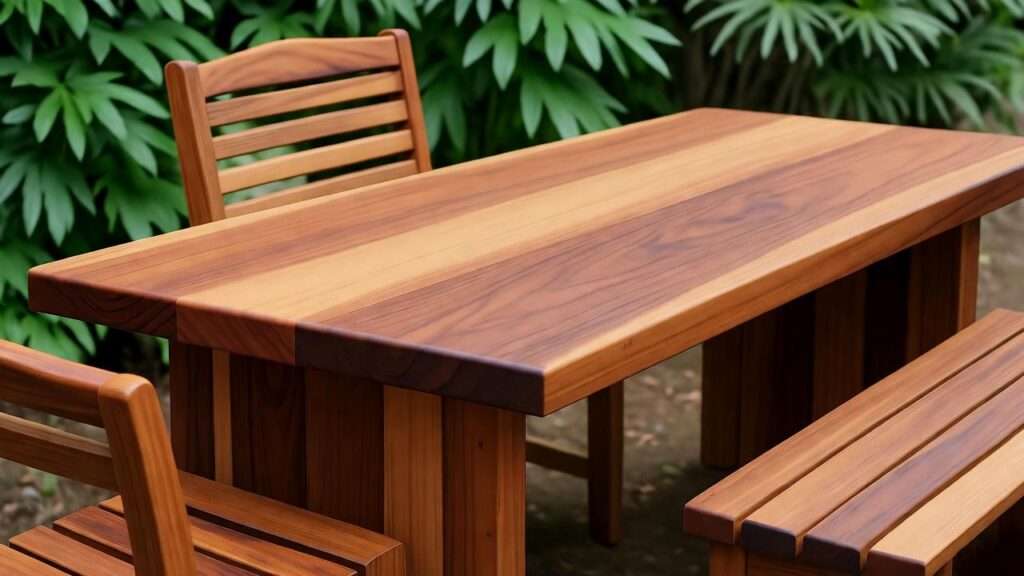Picture this: a beautifully crafted dining table that turns heads at every gathering, or a lush garden bed framed with eco-friendly wood that nurtures your plants. What if the secret to both lies in mango tree wood? This versatile, sustainable material is transforming homes and gardens worldwide, offering a perfect blend of beauty, durability, and environmental responsibility. Whether you’re a plant enthusiast, a DIY gardener, or a furniture lover, mango tree wood holds untapped potential for your next project. In this comprehensive guide, we’ll explore its unique properties, practical applications, and expert-backed tips to help you harness its benefits. Backed by insights from arborists, furniture artisans, and sustainability experts, this article will show you why mango tree wood is a game-changer.
H2: What Is Mango Tree Wood? Understanding Its Unique Properties 🌱
H3: The Origin and Characteristics of Mango Tree Wood
Mango tree wood comes from the Mangifera indica, a tropical tree cherished for its juicy fruit and, increasingly, its high-quality wood. Native to South Asia but grown globally in places like India, Thailand, and Mexico, mango trees produce wood as a byproduct when they reach the end of their fruit-bearing life (typically 20–40 years). The wood is a hardwood with a medium density, featuring a warm, golden-brown hue that darkens slightly over time. Its grain is often interlocked, creating stunning, wavy patterns that make each piece visually unique.
Compared to other hardwoods like oak or teak, mango wood is lighter yet surprisingly sturdy, with a Janka hardness rating of around 1,070 lbf (pounds-force), slightly less than oak (1,200 lbf) but sufficient for most furniture and garden applications. Its smooth texture makes it a favorite among craftsmen, while its natural oils contribute to decent moisture resistance when properly treated.
H3: Why Mango Tree Wood Stands Out
What sets mango tree wood apart is its trifecta of beauty, sustainability, and affordability. Its rich tones—ranging from creamy yellow to deep amber with occasional streaks of pink or black—lend a luxurious yet approachable aesthetic to furniture and garden structures. Unlike exotic woods like rosewood, mango wood is a byproduct of fruit orchards, meaning no trees are felled solely for their timber. This makes it an eco-conscious choice for environmentally minded consumers.
“Mango wood’s unique grain and warm tones make it a standout for bespoke furniture,” says Priya Sharma, a furniture designer with over 15 years of experience crafting sustainable pieces. “Its workability allows artisans to create intricate designs without compromising durability.” For gardeners and homeowners, its affordability—often 20–30% less expensive than teak or mahogany—makes it an attractive option for high-quality, budget-friendly projects.
H2: The Role of Mango Tree Wood in Stunning Furniture Design 🪑
H3: Why Furniture Makers Love Mango Tree Wood
Mango wood’s appeal in furniture design lies in its versatility. Its medium density allows for easy carving and shaping, making it ideal for everything from sleek modern coffee tables to rustic farmhouse-style cabinets. The wood’s natural grain patterns create a one-of-a-kind look, perfect for statement pieces like dining tables or bookshelves. Its ability to take stains and finishes well also means it can be customized to match any decor style, from Scandinavian minimalism to bohemian chic.
Popular furniture items made from mango wood include:
- Dining tables: Their sturdy build supports heavy use, and the wood’s warm tones elevate dining spaces.
- Bed frames: Lightweight yet durable, mango wood bed frames offer both style and longevity.
- Accent chairs: Intricate carvings highlight the wood’s unique grain, adding flair to living rooms.
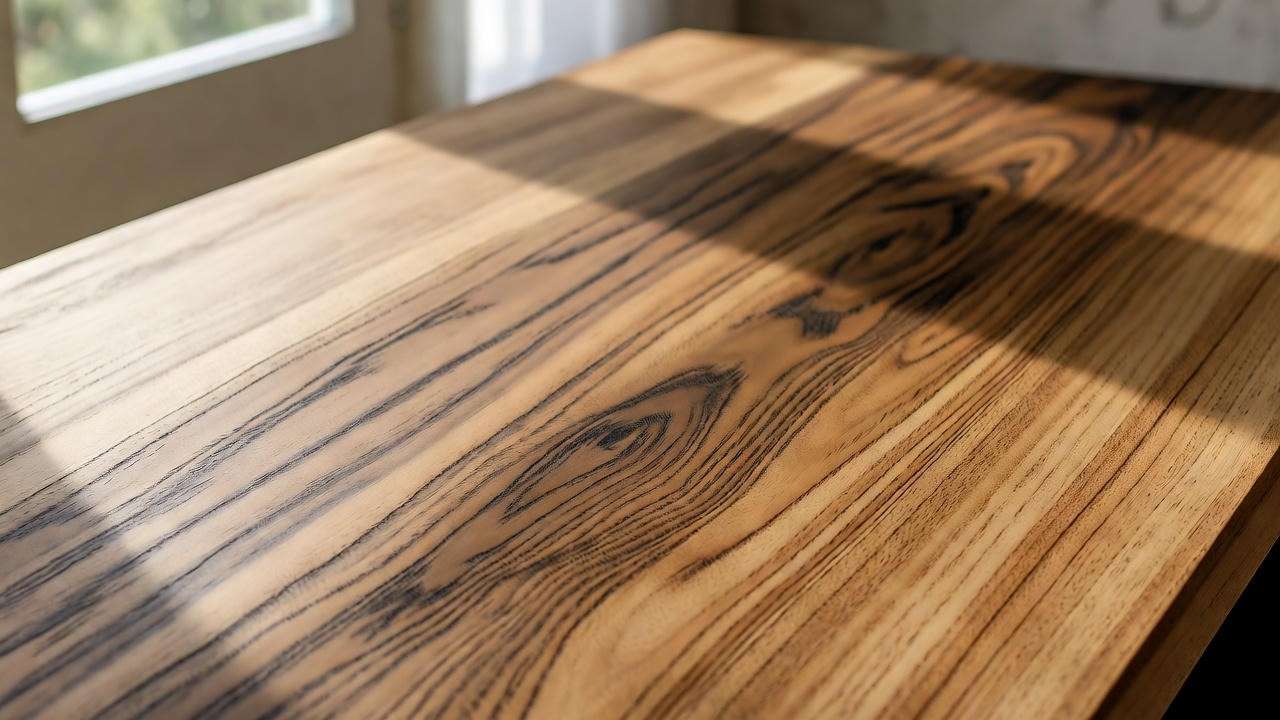
H3: Durability and Maintenance Tips for Mango Wood Furniture
While mango wood is durable, it requires proper care to maintain its beauty and functionality. Unlike teak, which has high natural oil content, mango wood benefits from occasional treatments to prevent drying or cracking, especially in humid or arid climates. Here are some expert-recommended maintenance tips:
- Clean regularly: Wipe down furniture with a damp cloth to remove dust, followed by a dry cloth to prevent moisture buildup.
- Polish with natural oils: Apply linseed or tung oil every 6–12 months to enhance shine and protect against wear. Avoid chemical-heavy polishes that may strip the wood’s natural oils.
- Avoid direct sunlight: Prolonged exposure can fade mango wood’s rich colors, so place furniture away from windows or use UV-protective coatings.
“Mango wood furniture can last decades with minimal care,” notes Javier Torres, a sustainable furniture craftsman. “A little oil and attention go a long way in preserving its natural beauty.”
H3: Cost and Accessibility
Mango wood is notably more affordable than premium hardwoods like teak or walnut, often costing $5–10 per board foot compared to teak’s $20–30. Its widespread availability, especially in regions with mango orchards like India and Southeast Asia, makes it accessible to both artisans and consumers. However, ethical sourcing is key. Look for suppliers certified by the Forest Stewardship Council (FSC) to ensure the wood comes from responsibly managed orchards.
H2: Mango Tree Wood in Sustainable Gardening Practices 🌍
H3: Using Mango Wood in Garden Projects
Mango tree wood’s natural durability and aesthetic appeal make it a fantastic choice for outdoor gardening projects. From raised garden beds to trellises and plant supports, mango wood adds both function and charm to green spaces. Its moderate resistance to moisture and pests, when properly sealed, ensures longevity in outdoor settings.
DIY Example: Mango Wood Garden Trellis
- Materials: Mango wood planks (2×4 inches), screws, weather-resistant sealant, and basic tools (saw, drill, sandpaper).
- Steps:
- Cut planks to desired lengths (e.g., 6 feet for vertical supports, 3 feet for crossbars).
- Sand surfaces to remove rough edges.
- Assemble a ladder-like structure using screws for stability.
- Apply a non-toxic, weather-resistant sealant to protect against rain and UV rays.
- Install in your garden to support climbing plants like tomatoes or roses.
This project takes under two hours and transforms your garden’s aesthetic while supporting plant growth.
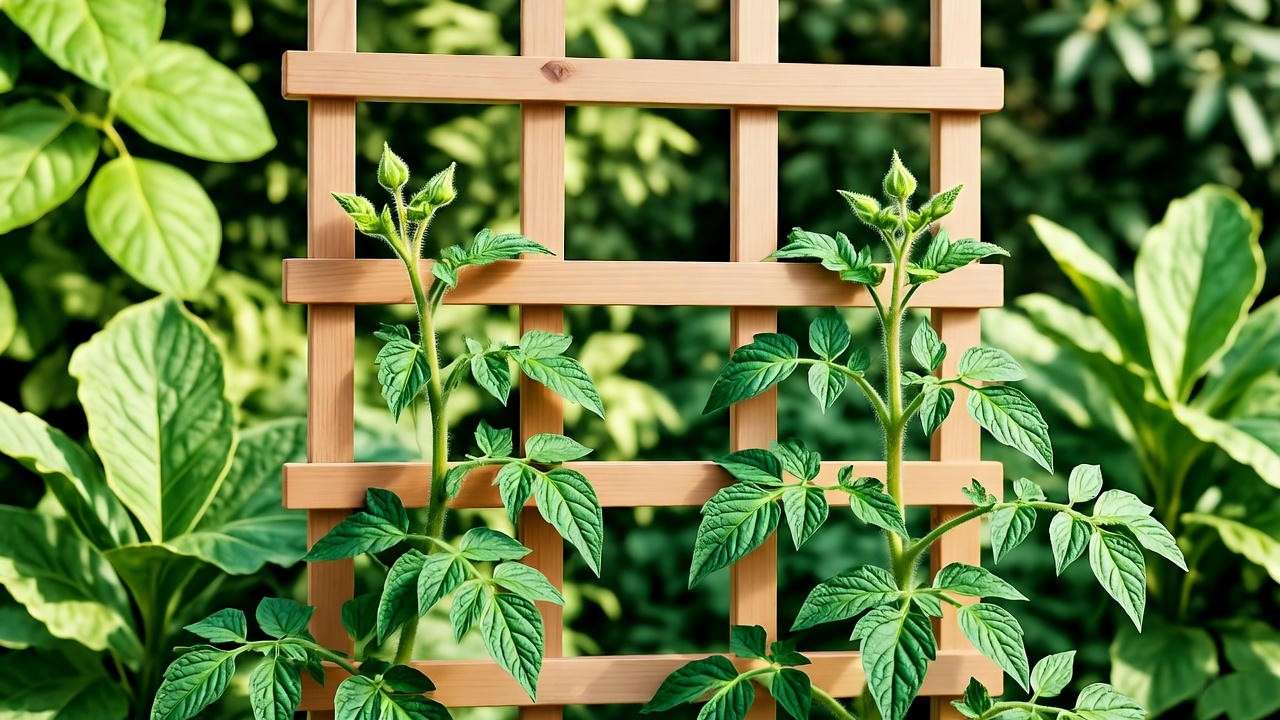
H3: Composting and Mulching with Mango Wood
Mango wood chips are an excellent addition to composting and mulching. When chipped, mango wood breaks down slowly, releasing nutrients into the soil over time. To use it effectively:
- Mix with organic matter: Combine mango wood chips with green waste (e.g., grass clippings or vegetable scraps) for balanced compost.
- Apply as mulch: Spread a 2–3-inch layer of mango wood chips around plants to retain moisture and suppress weeds.
- Tip: Avoid using fresh mango wood chips directly, as they may temporarily deplete soil nitrogen during decomposition. Let them age for 2–3 months first.
This approach not only recycles mango wood but also enriches your garden’s soil naturally.
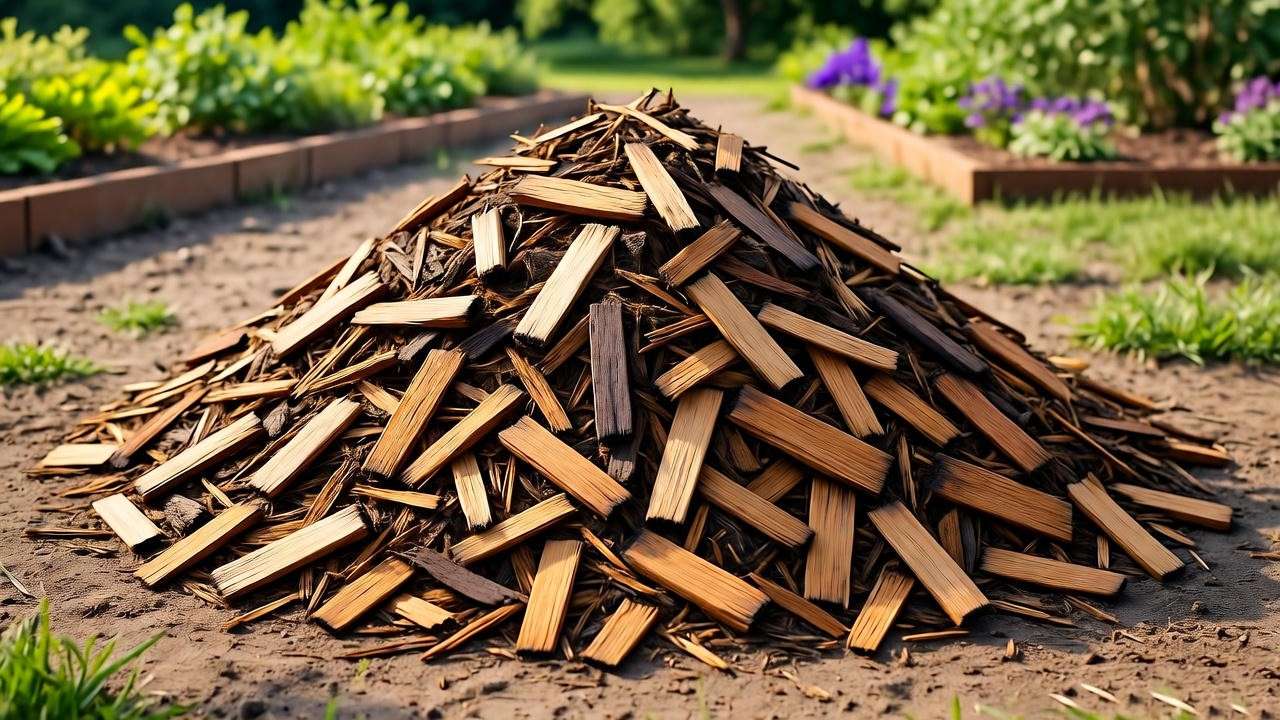
H3: Environmental Benefits of Mango Wood in Gardening
Using mango tree wood in gardening reduces waste by repurposing trees that no longer bear fruit. Unlike synthetic materials like plastic or metal, mango wood is biodegradable and has a lower carbon footprint. According to a 2023 study by the International Tropical Timber Organization, mango wood’s use in sustainable practices can reduce deforestation pressure by up to 15% in regions reliant on fruit orchards. By choosing mango wood for garden projects, you’re contributing to a circular economy that values resource efficiency.
“Repurposing mango wood in gardens is a win-win,” says Dr. Anika Patel, an arborist specializing in sustainable forestry. “It keeps orchards productive and provides gardeners with an eco-friendly material.”
H2: Is Mango Tree Wood Truly Sustainable? 🌎
H3: The Environmental Impact of Mango Tree Wood
Mango tree wood’s sustainability stems from its unique lifecycle. Unlike traditional timber sources that require dedicated forestry, mango wood is primarily a byproduct of fruit orchards. Once mango trees reach the end of their productive fruit-bearing years (typically after 20–40 years), they are harvested for wood, allowing new trees to be planted for continued fruit production. This cycle minimizes environmental disruption and supports agricultural economies in countries like India, which produces over 40% of the world’s mangoes, according to the Food and Agriculture Organization (FAO).
Compared to other hardwoods, mango wood has a lower environmental footprint. For example, teak and mahogany often come from tropical forests, where harvesting can contribute to deforestation if not managed responsibly. Mango wood, by contrast, leverages existing agricultural systems, reducing the need for additional land use. A 2024 report by the Global Forest Coalition estimated that using orchard byproducts like mango wood could reduce global timber-related carbon emissions by up to 10% in tropical regions.
H3: Ethical Sourcing and Certifications
To ensure mango tree wood is truly sustainable, ethical sourcing is critical. Look for suppliers certified by the Forest Stewardship Council (FSC) or Rainforest Alliance, which verify that the wood comes from responsibly managed orchards. These certifications ensure fair labor practices and minimal environmental impact. When purchasing mango wood products, check for labels or ask suppliers about their sourcing practices.
Tip: Support local artisans or small businesses in mango-growing regions, as they often use wood from nearby orchards, reducing transportation emissions. Websites like Etsy or local craft markets can connect you with ethical suppliers. By choosing certified mango wood, you contribute to sustainable forestry and support communities in tropical regions.
H2: Practical Tips for Working with Mango Tree Wood 🛠️
H3: Tools and Techniques for DIY Projects
Mango wood’s medium density makes it a dream for DIY enthusiasts. Its workability allows for cutting, carving, and finishing with standard woodworking tools. Recommended tools include:
- Hand saw or circular saw: For precise cuts on planks or boards.
- Chisel set: Ideal for detailed carving, especially for decorative furniture pieces.
- Sander or sandpaper: Smooths surfaces for a polished finish.
- Drill: For assembling structures like garden trellises or furniture frames.
When working with mango wood, wear gloves to avoid skin irritation from sap, which can be present in fresher cuts. Always sand along the grain to preserve its natural patterns. For staining, use water-based stains to highlight the wood’s warm tones without masking its unique grain.
DIY Example: Mango Wood Plant Stand
- Materials: Mango wood board (1×12 inches, 4 feet long), wood screws, sandpaper, non-toxic sealant.
- Steps:
- Cut the board into four 12-inch legs and one 12×12-inch top.
- Sand all pieces to a smooth finish (use 120-grit, then 220-grit sandpaper).
- Assemble the stand by attaching legs to the top with screws at a slight angle for stability.
- Apply a non-toxic sealant like beeswax or polyurethane for indoor use.
- Place a potted plant on top for a rustic, eco-friendly display.
This project is beginner-friendly and takes about 1–2 hours, perfect for plant lovers looking to add charm to their space.
H3: Common Challenges and How to Overcome Them
While mango wood is versatile, it can face challenges in certain conditions:
- Warping in humidity: Mango wood can warp in high-humidity environments if not properly sealed. Apply a weather-resistant sealant like polyurethane for outdoor projects.
- Cracking in dry climates: In arid regions, mango wood may crack if it dries out. Store unfinished wood in a controlled environment and apply oil-based finishes to lock in moisture.
- Staining issues: Uneven staining can occur due to the wood’s varied grain. Test stains on a small area first and apply multiple thin coats for consistent color.
Tip: For outdoor projects, use a sealant rated for UV and water resistance, such as spar urethane, to extend the wood’s lifespan. Regular maintenance checks can catch issues early, ensuring your mango wood creations last for years.
H2: Mango Tree Wood vs. Other Woods: A Comparison Table 📊
To help you decide if mango wood is right for your project, here’s a comparison with other popular woods:
| Wood Type | Durability (Janka Rating) | Cost (Per Board Foot) | Sustainability | Aesthetic Appeal | Workability |
| Mango | 1,070 lbf | $5–$10 | High (orchard byproduct) | Warm, unique grain | High (easy to carve) |
| Oak | 1,200 lbf | $8–$15 | Moderate (depends on source) | Classic, uniform | Moderate |
| Teak | 1,155 lbf | $20–$30 | Moderate (plantation-based) | Rich, oily look | High |
| Pine | 380–870 lbf | $2–$5 | High (fast-growing) | Light, knotty | High |
| Mahogany | 1,200 lbf | $10–$20 | Low (deforestation risk) | Deep, luxurious | Moderate |
Mango wood shines for its balance of affordability, sustainability, and aesthetic versatility, making it a top choice for eco-conscious projects.
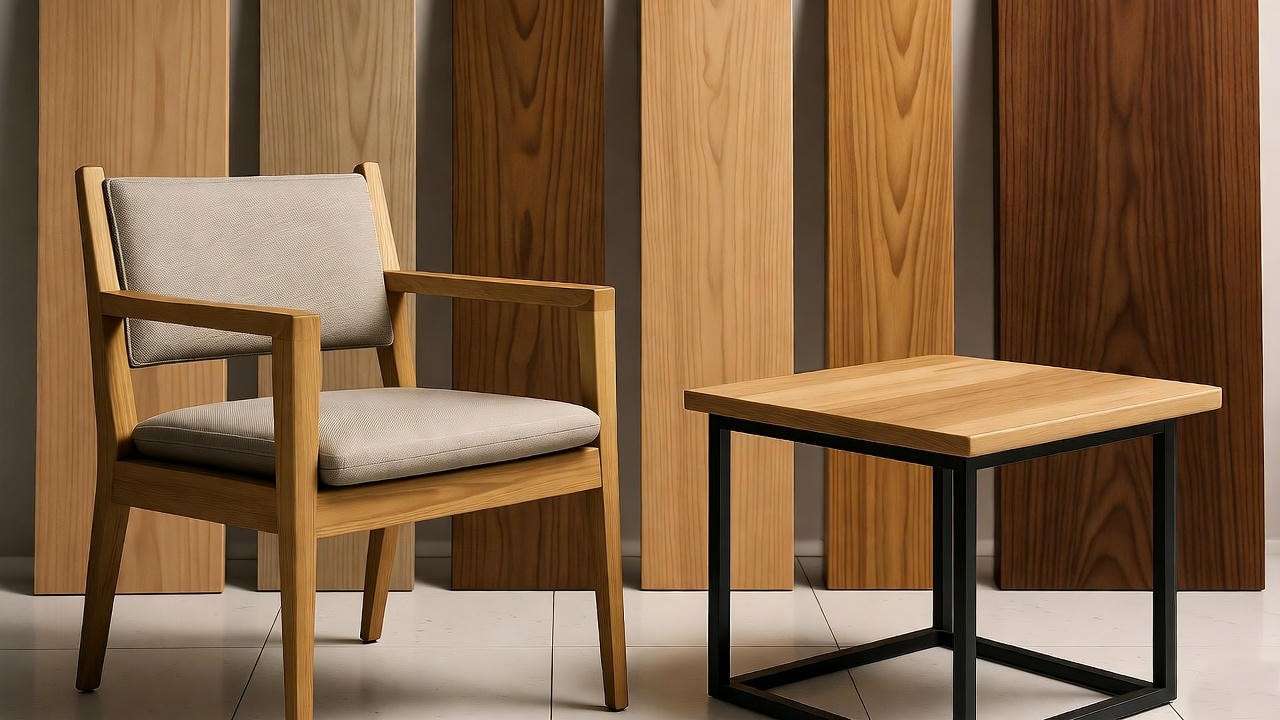
H2: Real-World Applications: Inspiring Ideas for Mango Tree Wood 🌟
Mango tree wood’s versatility sparks creativity in both furniture and gardening. Here are some inspiring ideas:
- Charcuterie boards: Mango wood’s smooth surface and striking grain make it perfect for serving boards, ideal for entertaining.
- Garden benches: Build a sturdy, weather-resistant bench for a cozy garden nook.
- Decorative planters: Craft small mango wood boxes for succulents or herbs, adding rustic charm to patios.
- Bookshelves: Create open shelving units to display plants or books, blending functionality with style.
Reader Story: Maria, a gardener from Florida, used mango wood scraps from a local orchard to build raised garden beds. “The wood’s durability and natural look transformed my backyard,” she shares. “Plus, knowing it’s sustainable makes me feel good about my choice.” Her story highlights how mango wood can elevate everyday gardening projects.
For visual inspiration, high-quality images of mango wood furniture or garden setups can showcase its beauty. Check platforms like Pinterest for ideas or share your own creations on Instagram with hashtags like #MangoWoodDIY or #SustainableGardening.
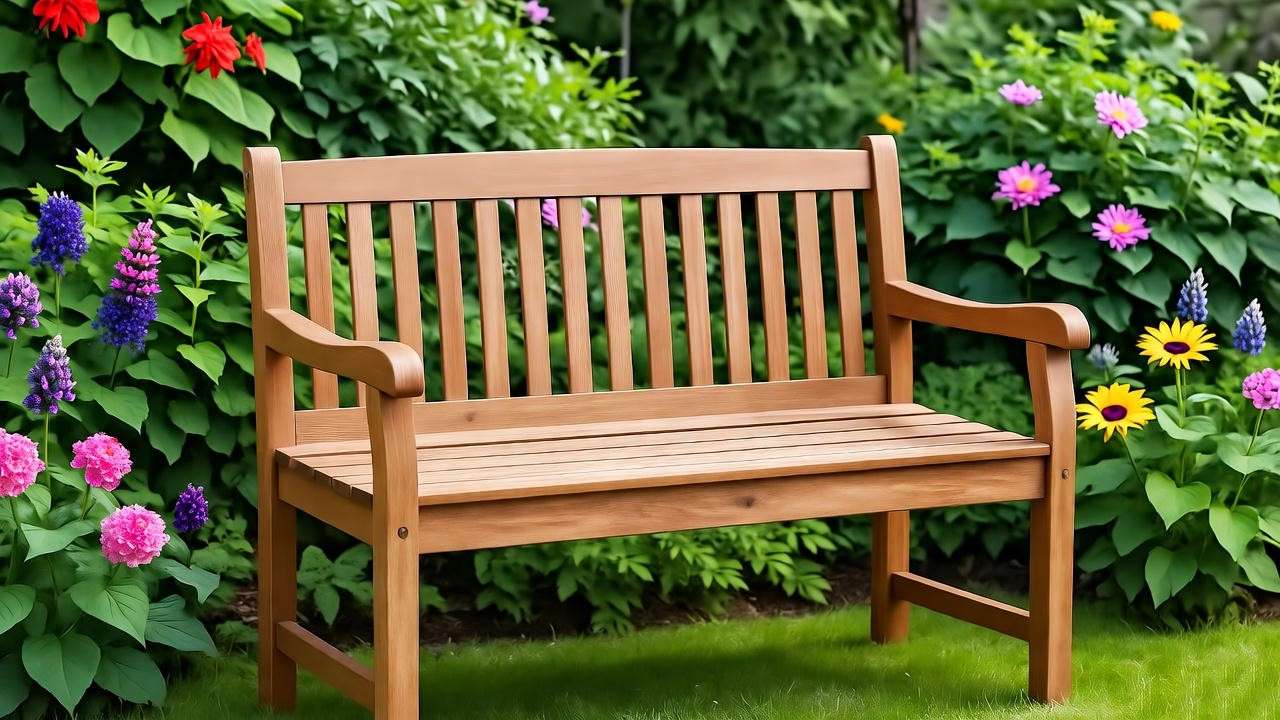
H2: Frequently Asked Questions About Mango Tree Wood ❓
- Is mango tree wood durable for outdoor furniture?
Yes, when treated with a weather-resistant sealant, mango wood holds up well in outdoor conditions, though it’s best suited for covered patios to avoid excessive moisture exposure. - How does mango wood compare to teak for sustainability?
Mango wood is often more sustainable, as it’s a byproduct of fruit orchards, whereas teak may involve plantation forestry with higher environmental impacts. - Can mango wood be used in composting?
Absolutely. Mango wood chips, when aged and mixed with green waste, enrich compost with slow-release nutrients. - Where can I source high-quality mango tree wood?
Look for FSC-certified suppliers or local artisans in mango-growing regions. Online marketplaces like Amazon or specialty wood retailers often carry mango wood products.
H2: Conclusion: Why Mango Tree Wood Is a Game-Changer for Plant Lovers and Crafters 🌟
Mango tree wood is more than just a material—it’s a sustainable, versatile solution for stunning furniture and eco-friendly gardening. Its rich aesthetic, affordability, and environmental benefits make it a standout choice for plant enthusiasts, DIYers, and eco-conscious consumers. Whether you’re crafting a dining table, building a garden trellis, or mulching your flower beds, mango wood delivers beauty and functionality. Backed by expert insights from furniture designers and arborists, this guide has equipped you with the knowledge to make the most of this remarkable resource. Ready to get started? Try a mango wood DIY project or share your creations in the comments below!

